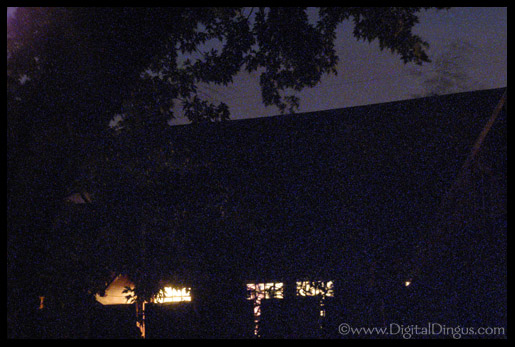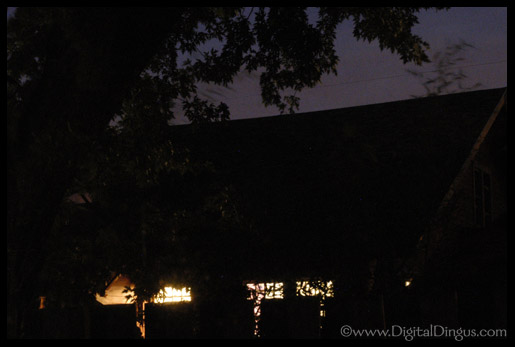
| D100 Review (Updated April 3, 2003) |
| Page 1 | Page 2 | Page 3 | Page 4 | Page 5 | Page 6 | Page 7
|
| D100 Review - Page 3 |
CSM (Custom Settings Menu) This is probably one of the more complicated and involved areas of the D100. Not just because you have so many selections, but do you understand those selections and how one selection may affect another? Let's take a look at them, one by one, and see what they mean to you and your shooting style. To follow along, either grab your D100 and/or the manual (Pages 144-160). I have taken excerpts from the D100 manual pertaining to CSM function in order for easy identification. CSM 1: IMAGE REVIEW At first, I thought this would hinder the performance of the buffer. But, I hardly notice any difference. I am going to do more testing, but when I took several JPEG / FINE / LARGE pics in continuous mode, and shot 7 shots, right after the other, each photo was displayed just as fast. It looked like a slow-moving webcam. When you take photos in RAW Mode, the wait-time for displaying the photo on the LCD, takes just as long. The only difference is the waiting AFTER the preview. You will wait a little longer because the RAW photo is around 7-10MB versus a 2-3MB JPEG file. CSM 2: NO CF Card? I am just sticking to the default selection. You don't want your shutter enabled if there is no CF card in it. However, if you are going to use NCC (Nikon Capture Control), the D100 overrides this setting if you choose to keep the shutter enabled when there is no CF card inside the camera, and this is just fine, because the camera will be sending photo data directly to your pc anyway. CSM 3: ISO AUTO You might prefer this to be left on, but once you start to be creative, you will eventually leave this off. Auto is good for certain things, but you will get into a situation where the camera will think too much (or too little) and your photo will be at a higher ISO, when it really shouldn't have been. Or just the opposite. Your ISO could be lower when it shouldn't have been. As an example, I was shooting on a somewhat sunny day. The D100, in "P" Mode, was snapping photos at a shutter speed of 1/800 to 1/1000, at the widest aperture (f/2.8 on my AF-S 80-200). Needless to say, this was not the best setting. I had to step-up to around f/5.6. Pay attention to what your D100 is doing when you shoot on sunny days. Unfortunately, your photos could result in being blown-out and colors lacking any resemblance to what you saw when you took the photos. I usually don't recommend filters, but on a sunny day, you may want to grab a CP (Circular Polarizer). CSM 4: LONG EXPOSURE NOISE REDUCTION (NR) The internal Noise Reduction (NR) of the D100 is certainly a plus, but you should be aware that it takes about twice as long to process the photos, whether they be taken in JPEG or RAW formats. "Job NR" will flash off and on inside the viewfinder and on the top display (Control Panel). You cannot take another when the NR is processing. I would have preferred Nikon to have this feature on Nikon Capture, but, I suppose there are advantages to having in-camera processing (i.e., you don't have NC3 available to you in the field). I should also mention that the Canon D60 allows for no delay time at all. If your exposure is 30 seconds, it will take 30 seconds to take the photo. I haven't compared the D60 NR vs. the D100 NR, but it seems as if the D60 took the lead in this feature. The first photo is not using NR, and the second photo has NR on.
  |
| Sitemap | © 2001-2005 DigitalDingus™ |